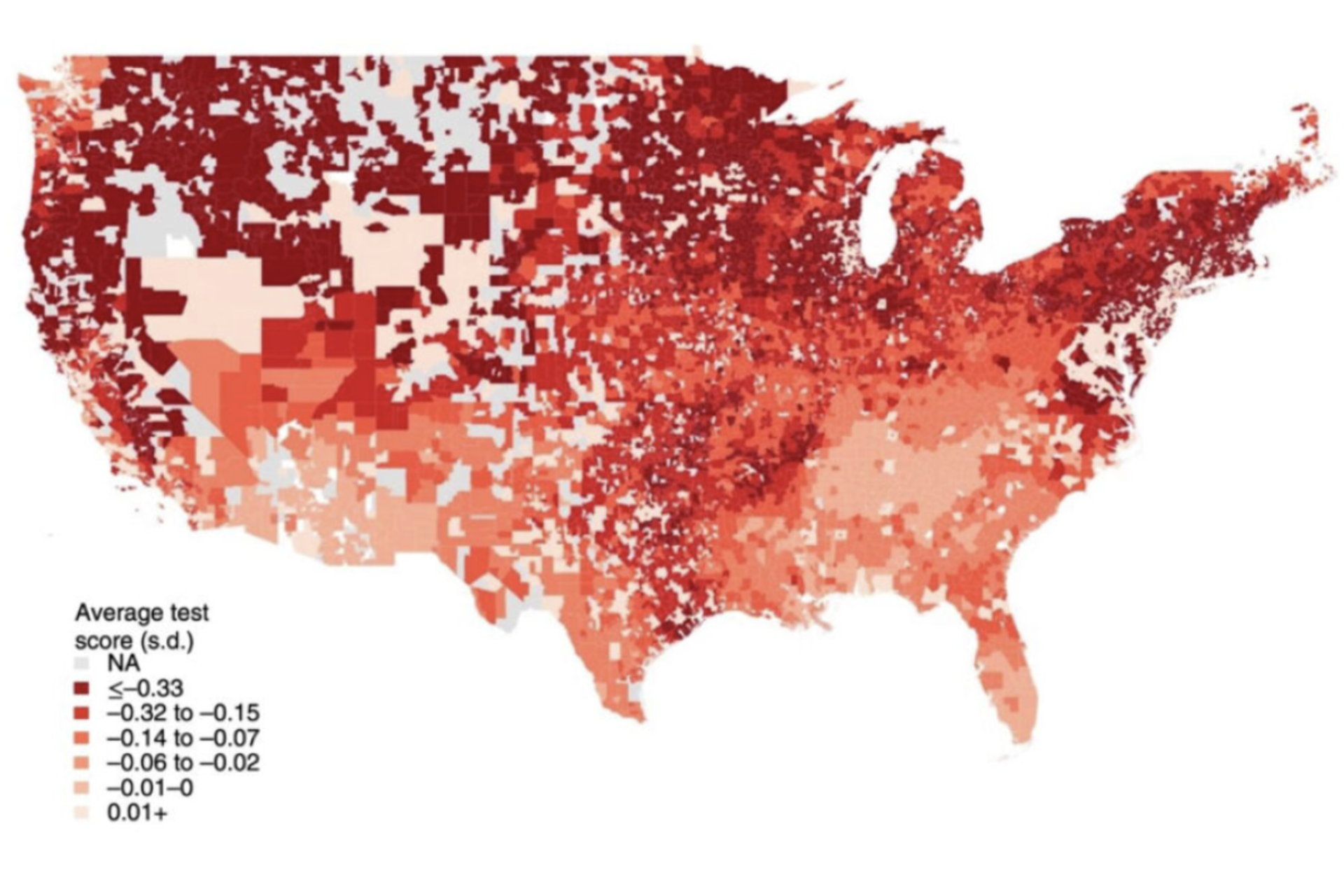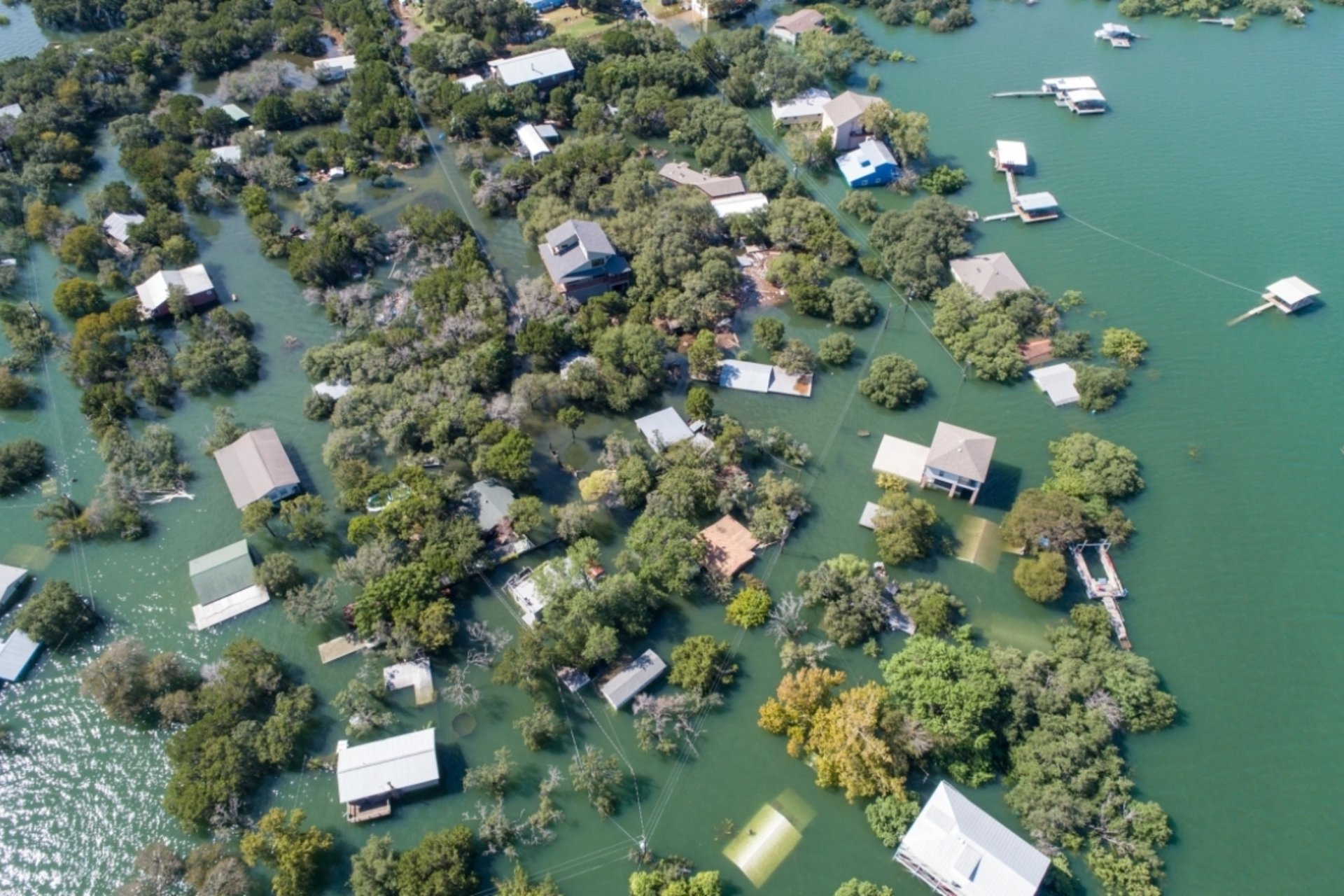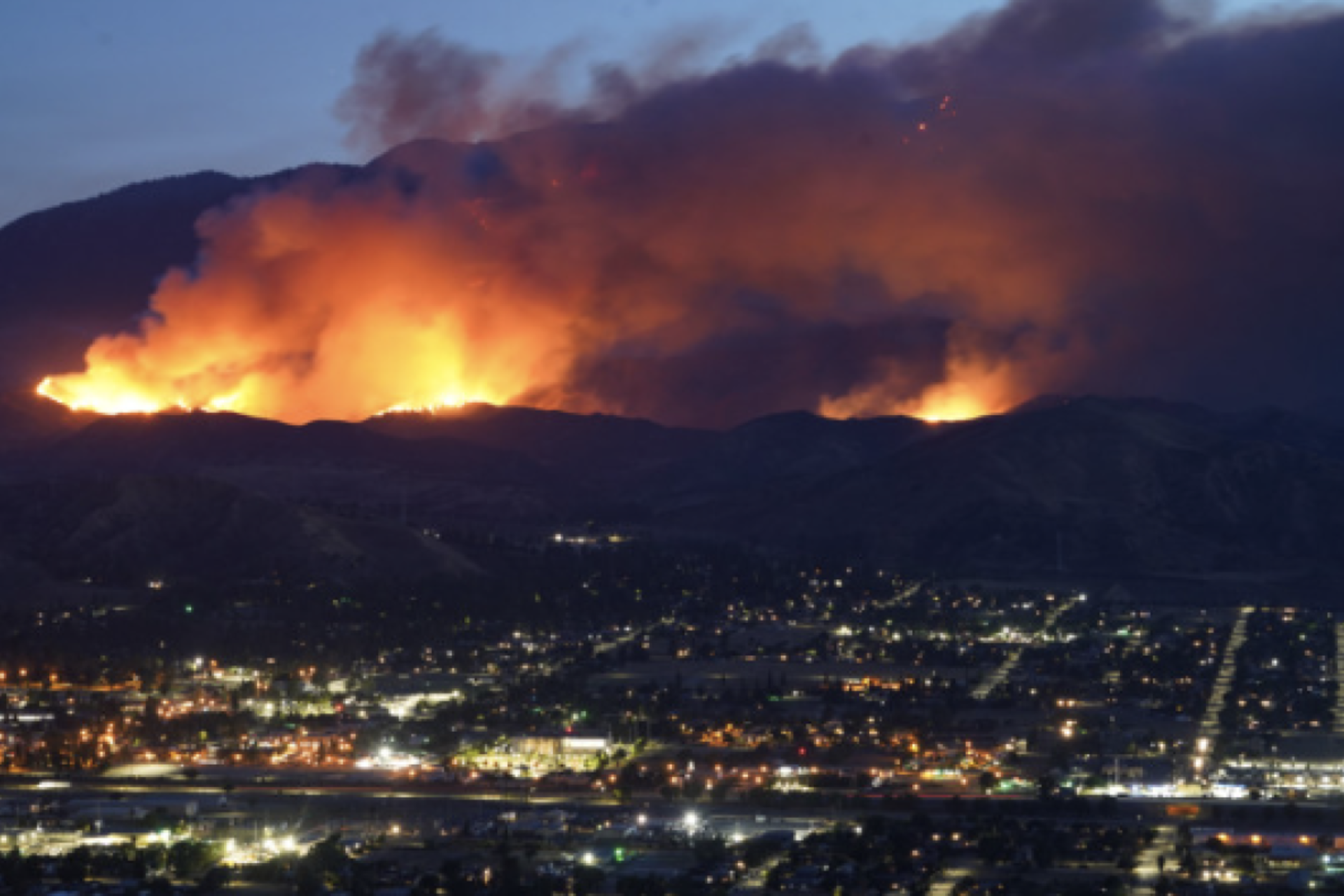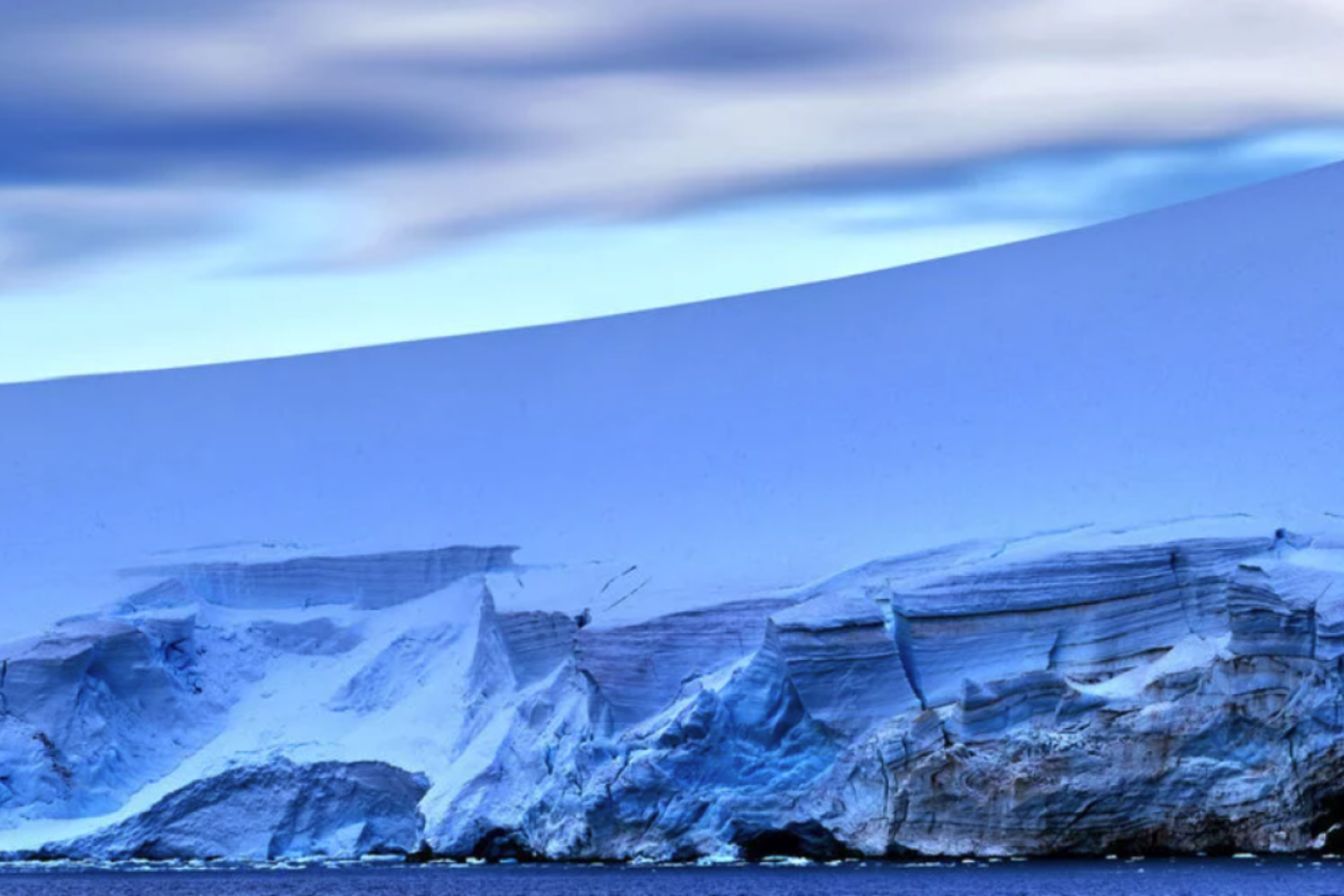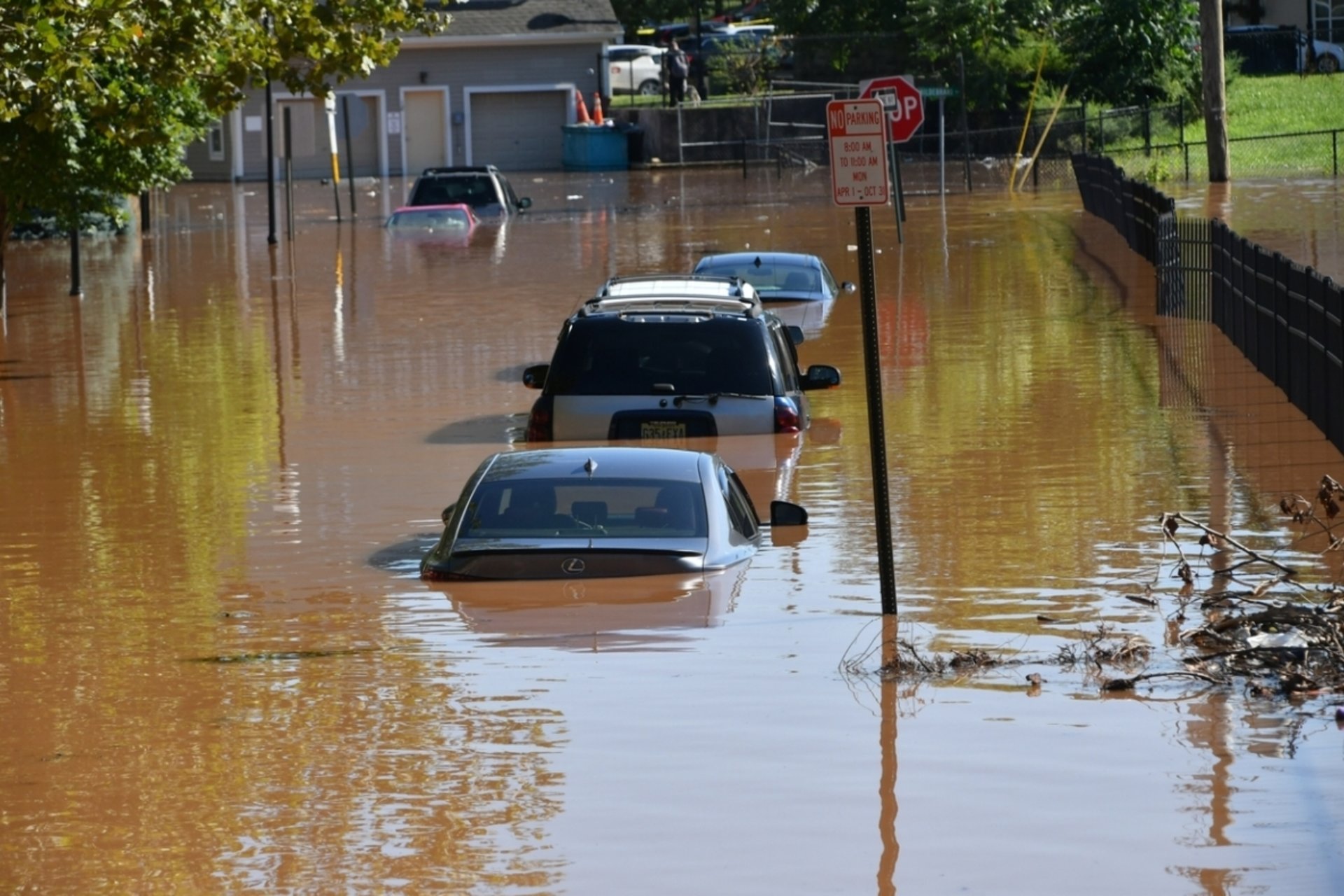Research News
Main content start
Results for: Research News
-
October 27, 2022
Plant processes may be key to predicting drought development, according to Stanford researchers
Stanford News Service -
October 24, 2022
Stanford scientist recalls discovering his drive to understand climate impacts in coastal areas
Stanford News Service -
October 21, 2022
The curious connection between plastic trash and infectious disease
Stanford Engineering -
October 20, 2022
Managing aquaculture for human and planetary health
Stanford Center for Innovation in Global Health -
October 14, 2022
Alexandria Boehm: Wastewater helps reveal COVID’s real reach
Stanford Engineering Staff -
-
-
October 06, 2022
Stanford medical researchers and administrators discuss how to make U.S. health care more sustainable
Stanford Woods Institute for the Environment -
September 30, 2022
How can we harness wind and improve airflow to benefit society?
Stanford School of Engineering -
September 30, 2022
Stanford Doerr School of Sustainability launches with campus celebration
Stanford Doerr School of Sustainability -
-
September 29, 2022
President of Portugal talks sustainability during visit to Stanford
Stanford News Service -
-
September 28, 2022
New 3D printing method designed by Stanford engineers promises faster printing with multiple materials
Stanford News Service -
-
September 26, 2022
Inequitable Climate: Hurricanes, Flooding & Vulnerable Communities
Stanford Woods Institute for the Environment -
September 22, 2022
Stanford researchers find wildfire smoke is unraveling decades of air quality gains, exposing millions of Americans to extreme pollution levels
Stanford News Service -
September 22, 2022
Empowering private landowners to prevent wildfires
Stanford Woods Institute for the Environment -
September 19, 2022
A scientist uses radar technology to map the insides of ice sheets
Stanford Engineering -
September 19, 2022
Stanford researchers discuss equity in storm planning and response
Stanford Woods Institute for the Environment













